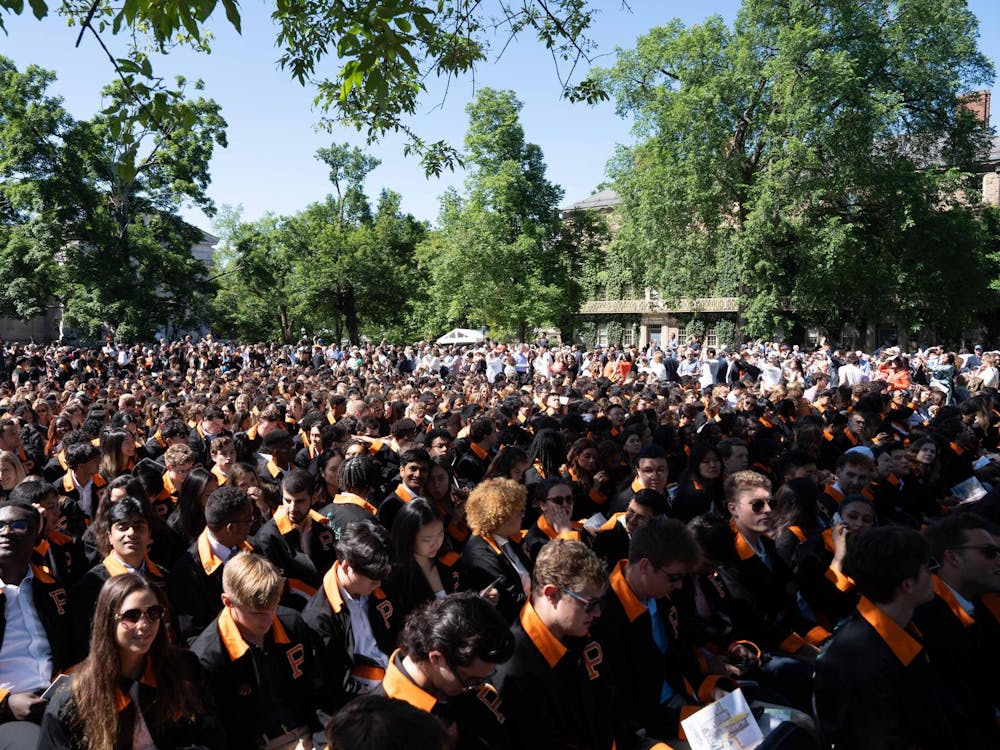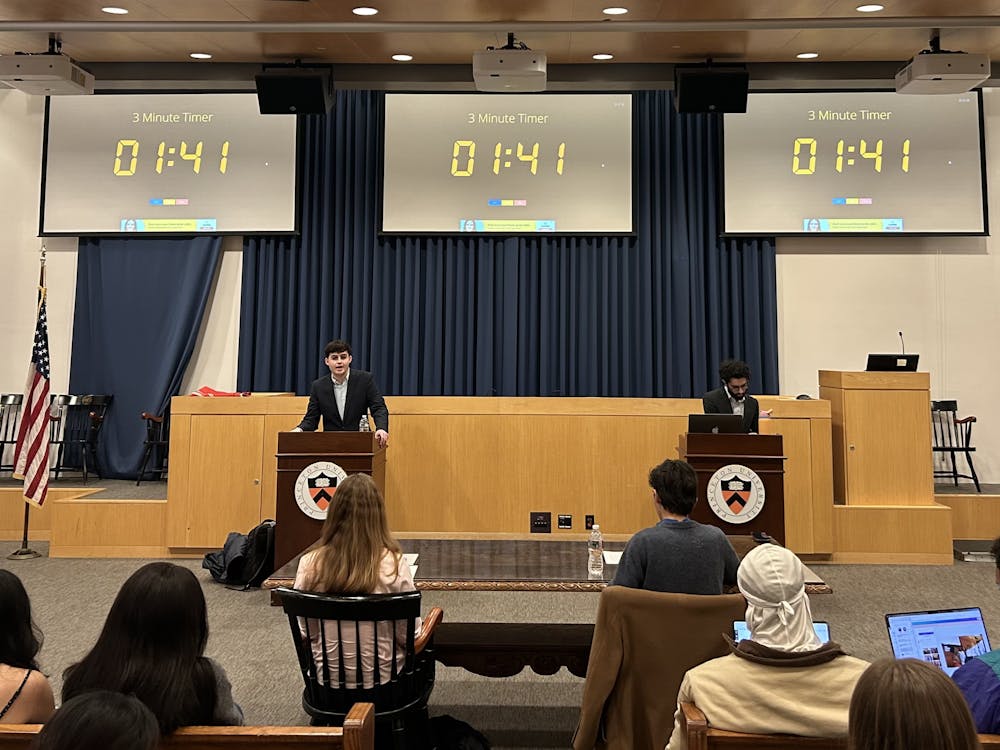In the multipurpose room of Dillon Gymnasium, I found my hips turning slowly to Enya’s “Wild Child.” It was something I wouldn’t have wanted my grandfather to see. Honestly, any sensible person would have looked elsewhere. For this was war. I had unfinished business with the dance floor, and I was there to resolve it.
The year before, I had a leading role in Athol Fugard’s three-man show, “Master Harold and the Boys.” Set in South Africa during apartheid, the play examines the lives of the young, eponymous protagonist and the two servants in his mother’s teahouse. Throughout the drama, Sam (my character) and Willie, the other servant, prepare for a major ballroom competition in Port Elizabeth. According to the script, Sam displays the finesse of a dancer who has had years to practice and fine-tune every step. The two friends dream of emulating Fred Astaire and Ginger Rogers and, in one of the more moving monologues from the show, Sam explains how the dance floor is a place where, unlike the oppressive world outside, people don’t need to collide.
Although I kept the spirit of the script close to my heart, I had already been disadvantaged coming into the role. Sam, a 50-something-year old man, had achieved a level of mastery that I couldn’t expect to accomplish in two months. He spoke longingly of the waltz, the foxtrot, the complicated quickstep. In my head, I could picture the well-composed flourishes of an experienced competitor. Sam, I knew, could dance blindly around the teahouse without disturbing a single chair. I deluded myself by thinking that, in such a short time span, I could maneuver with as much grace as Fugard demands. I remember studying YouTube dance instruction videos and becoming frustrated when the teacher wouldn’t slow down. It was as though he knew the extent of my blaspheming. Chasse, step, ball, heel, ball, heel. He would repeat this like a curse. Despite its difficulty, I insisted on watching the tutorials for advanced, gold-level dancers. Even though I called it dedication to the role, I didn’t realize that I was actually disrespecting not only the character but also the dance itself. By assuming I would be able to perform each step with relatively minimal practice, I ignored the beautiful struggles that could only result from years of work. On the eve of the first performance, I spoke to the director of the show. “Doc, I don’t think Austin [Willie] and I have the moves down.” My director nodded and reassured me that I would only have to “spin Willie” instead of launching into a tricky step. In two months, rather than elevating the role to something great, I had only made it convenient.
Still, the show itself was fine. The audience enjoyed the performances, and the cast received kind words. But I knew that, personally, I had lost. And so, when I learned of Princeton’s ballroom team, I had no doubt that I would commit myself to the cause. And though it began as a redemption exercise, I can see that I’m going to stay with it because, well, it’s so damn fun.
Yes, the elegance is there. But what’s more is the wonderful embarrassment of stumbling into the couple beside you and having no time to apologize before your feet have dragged you into the next movement, a New Yorker or a forward-walking turn toward the mirror where you can only see yourself in passing. The limp hand. The smile you have made. Ballroom is watching the steadying of feet. Eventually, yours will join the shuffle. You’ll find that it is all right to hold your partner’s hands as though they are your own. That, unless you think about it too much, you probably won’t step on her foot. That hips must sway before they swing. The laughter comes, and so does the sweat. People close their eyes to the most unlikely songs, singing “Billie Jean” and hopping the jive. Ballroom has you practice your steps at the top of Blair Tower, in small niches dressed in Christmas lights, flashing clover that casts you into the glass. And, looking out into the dark, you hope that some drunken student is watching you, laughing because they thought you were some ghost disappearing, spinning away from them. It is learning a new way to move and counting 1-2-3-cha-cha-cha-2-3. Ballroom is the movement of the rhythm-hungry, the shape of two bodies placed against whatever backdrop you have the wherewithal to imagine. Shimmering dresses and pleated slacks, bowties and blackcherry liner rung around lips and eyes like cyclones.
At least, that’s the dream. Until then, I’ll continue to groove to Enya. And perhaps, someday, I’ll understand exactly what Fugard and Sam are saying. The dance floor is a place of redemption and new experiences. A place where people glide and stumble. And, so it seems, it is a place for me. Here’s to four years of learning how to take it slow.
Aaron Robertson is a freshman from Detroit, Mich. He can be reached at aaroncr@princeton.edu.







